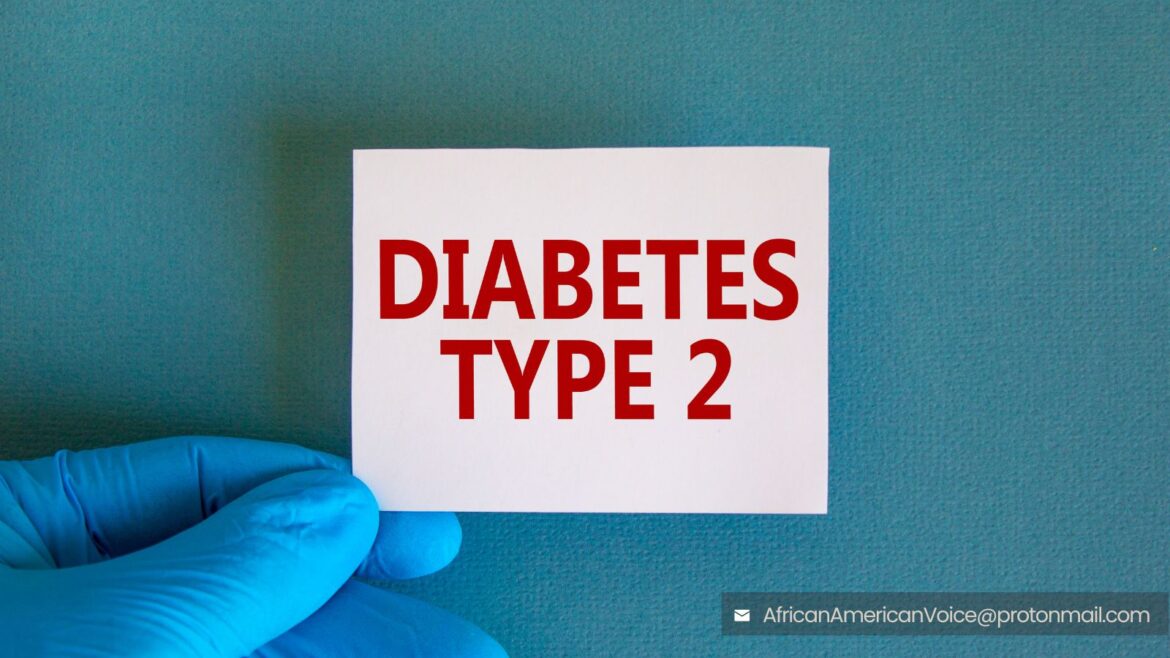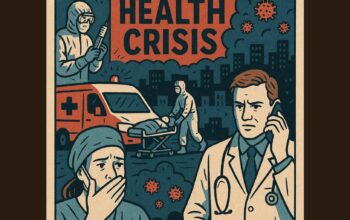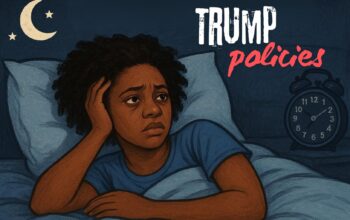by
My people are destroyed for lack of knowledge. — Hosea 4:6
You’re more likely to develop Type 2 diabetes if you are 45 or older, have a family history of diabetes, or are overweight or obese. According to research done by the National Institute of Health, in the U.S., black adults are nearly twice as likely as white adults to develop Type 2 diabetes. This racial disparity has been rising over the past 30 years.
This is a series which is likely to run between four and seven weeks. It was taken from an online publication written by me back in 2003, a couple years after my mother died from complications of Type 2 diabetes. Since its’ publication, this article has made its way around the world. It is posted in Africa, the United Kingdom, Sweden, Canada, Europe and Asia, it is translated into different languages, and it appears all across America.
This week, the Lord told me to share this article with my readers again. It is my pleasure to run this series for the fifth time. It is my own Diabetes Prevention Education, a public relations campaign established under the name Fannie Estelle Hill Grant, started after the loss of a mother who succumbed to Type 2 diabetes on Christmas Day 2000.
Mother was 73 years old, a wife and mother of nine, a homemaker who loved her family very much and believed in preparing wonderful home-cooked meals for the family, desserts any day of the week. Mama enjoyed cooking, cleaning and washing clothes, and although she raised nine children of her own, she always had room for other needy children.
In our early years, the 1960s, Mother was the wife of our sharecropper father in North Carolina. Her own father owned a farm with 226.2 acres in Dover, North Carolina. To keep his farm, he had to go to the North Carolina Supreme Court to get a ruling, but thankfully, Judge William Bobbitt ruled in his favor. My mother’s family still owns the farm, over 200 acres today.
However, my mother was married to my father, who did not own any land. He was a sharecropper. He worked from farm to farm for about 12 years, until work ran out. Tobacco harvesters came along, and there was not much work for Black families, so they moved the family to Washington, D.C., in 1965. For more than 30 years, the Washington metropolitan area was home.
Mother and Father moved back to North Carolina, where she enjoyed her later years in a very peaceful way. We purchased her a new home, took over the mortgage payments, and she was happy. Mother Grant enjoyed living on the 226-acre farm, near Kinston; she was one of the heirs to the farm left to her family by their father, and my grandfather, Floyd Hill. She enjoyed walking around the farm, following my father as he worked.
Mother suffered many additional strokes; during one of them, she lost the use of her tongue and couldn’t speak. Her kidneys failed, putting her on dialysis for the last two years of her life. She had high blood pressure for many years, and both of her legs were amputated above her knees.
We wanted to know more about the disease that took our mother in such a brutal fashion. There was so much pain and suffering prior to her death. Mother Grant was a Christian, an evangelist, a missionary who preached the gospel in churches throughout the D.C. area, and everyone loved her and called her Ma.
As her oldest daughter, I promised to educate millions of people regarding the causes and preventions of Type 2 diabetes. In sharing with the general public, I feel a lot better now, because my mother’s living shall not be in vain. Read Part 2 of this series, “The Problem,” next week.
Source: Published without changes from Washington Informer Newspaper




